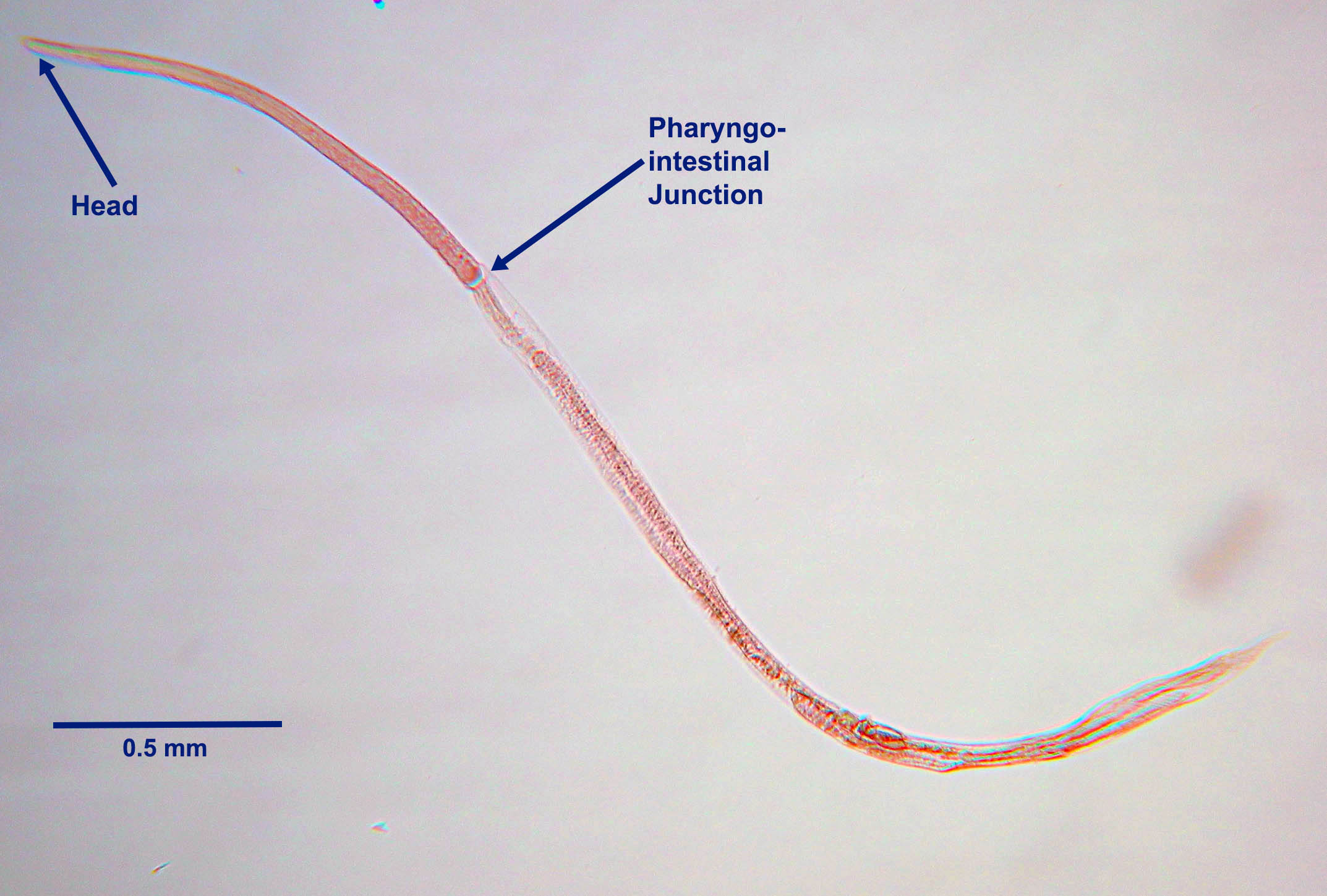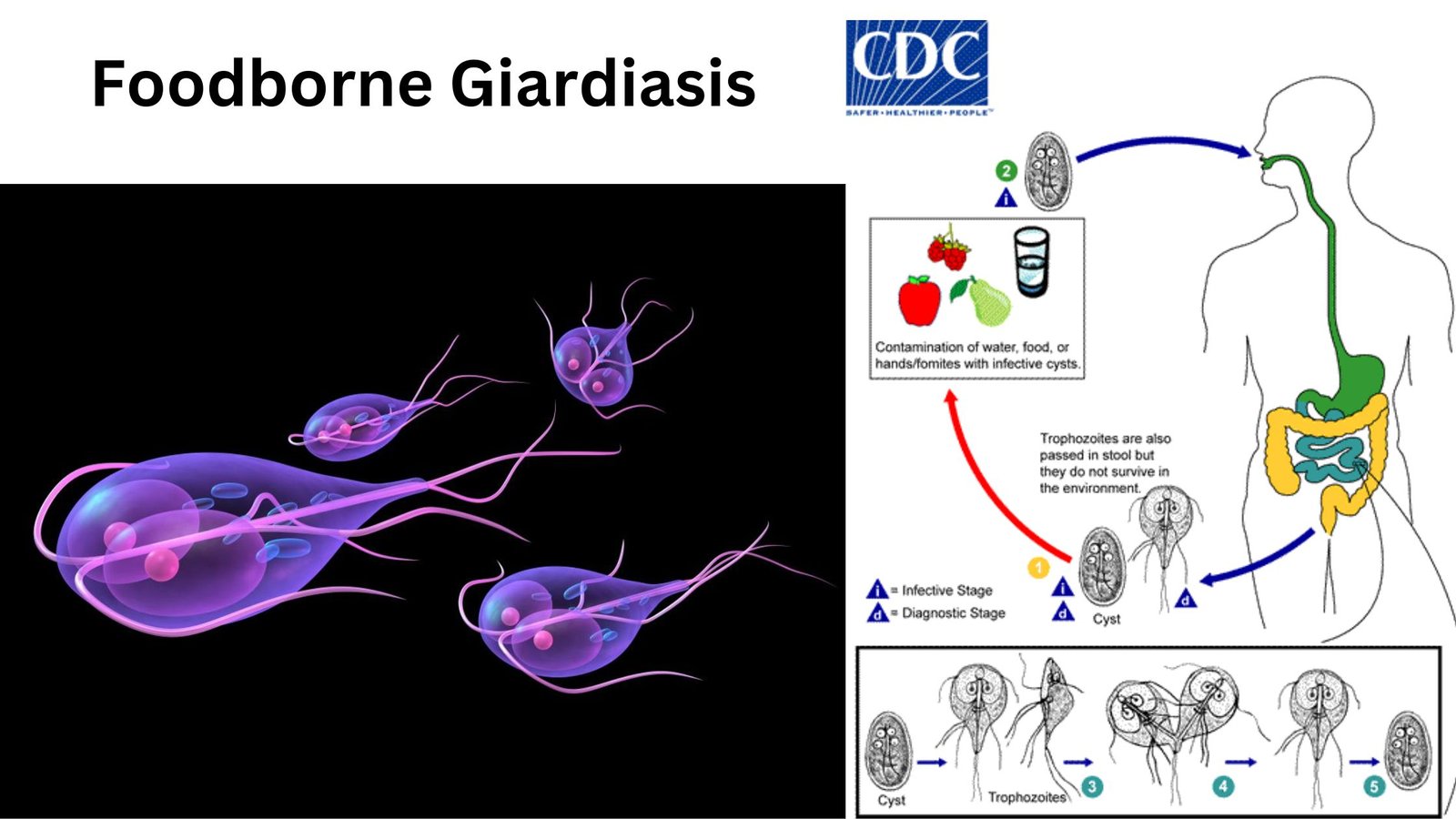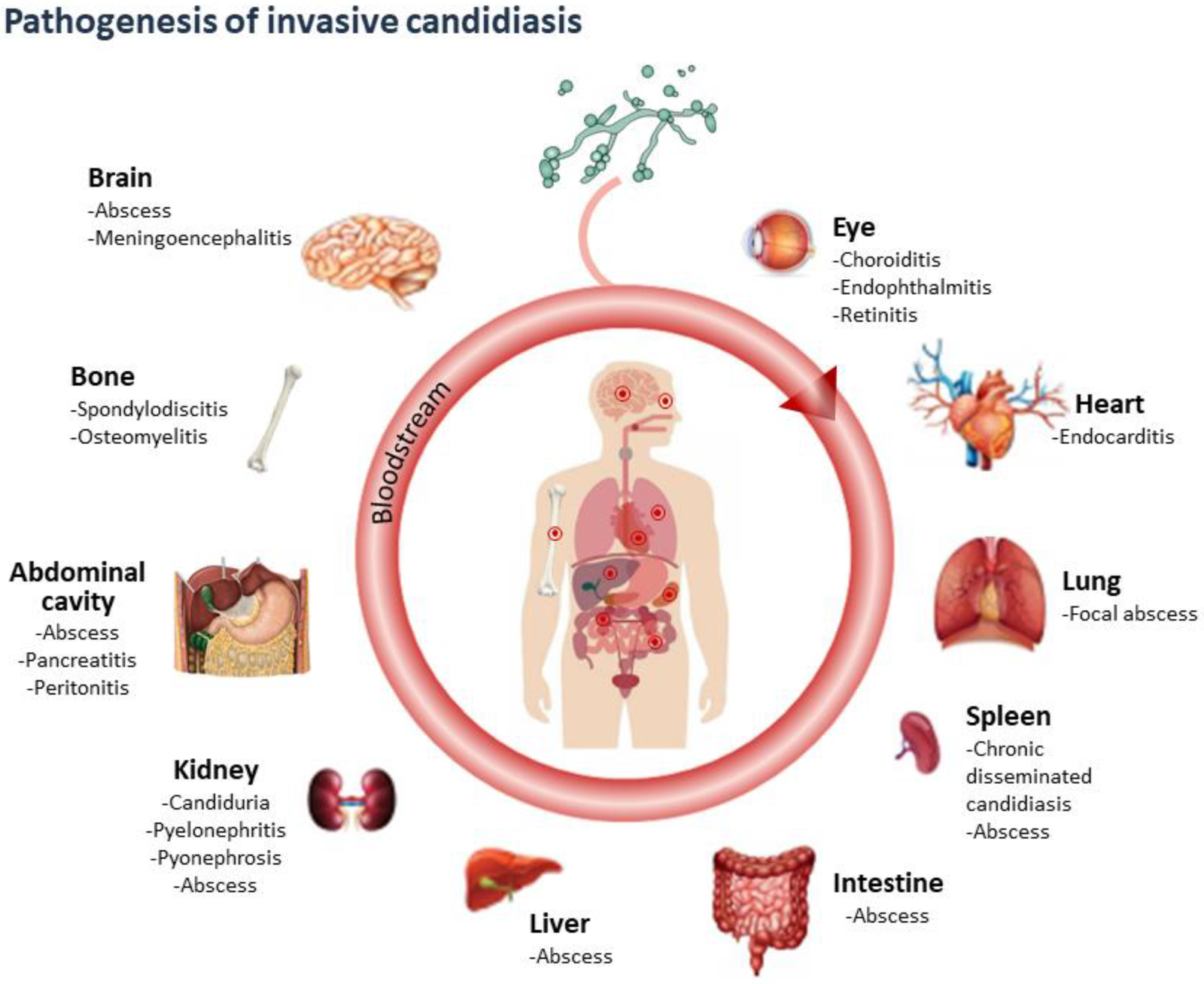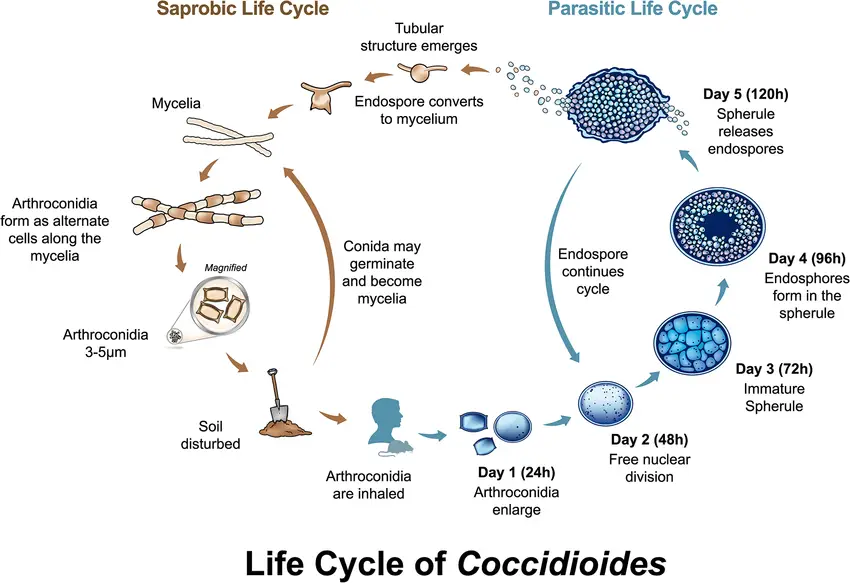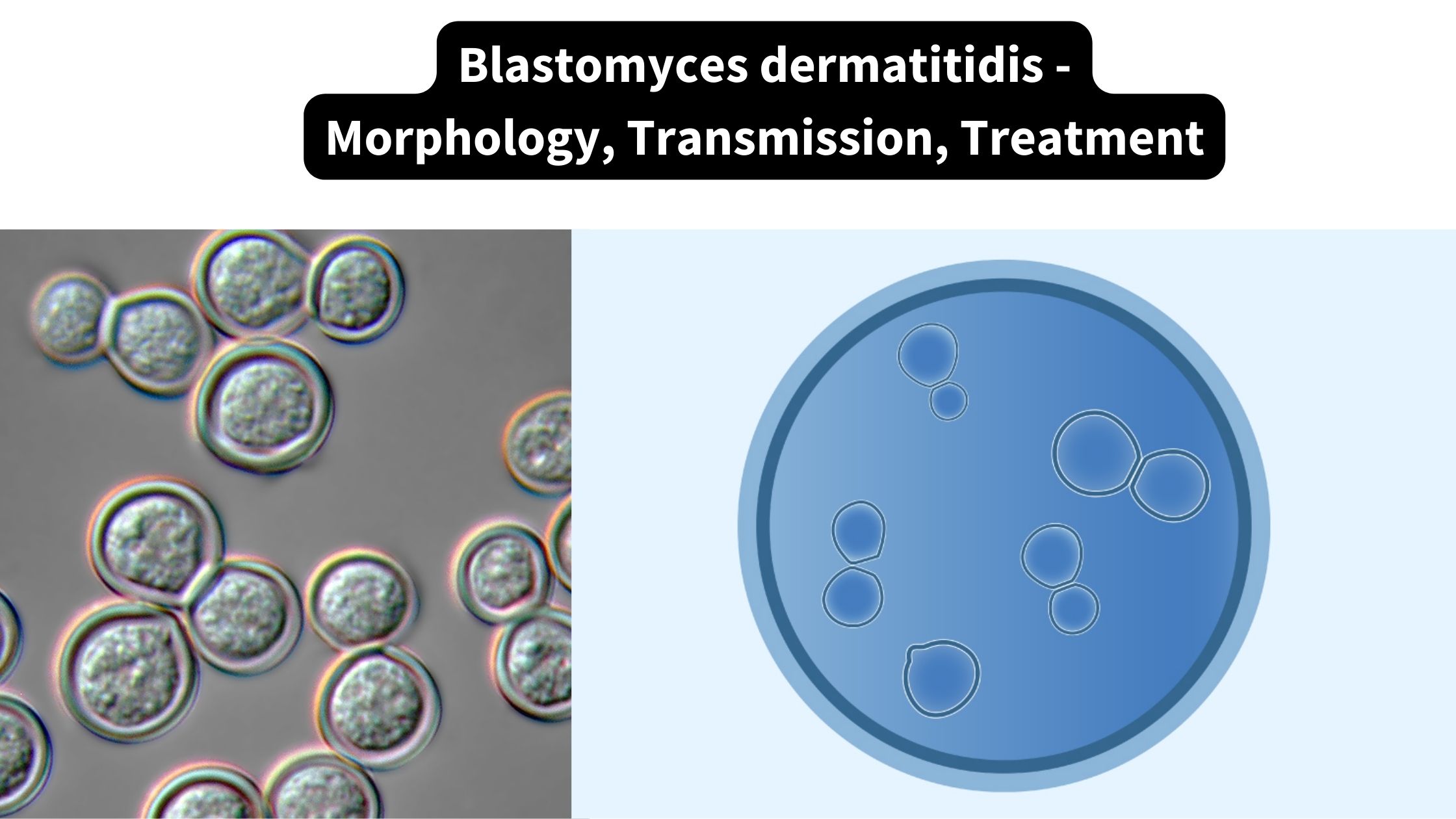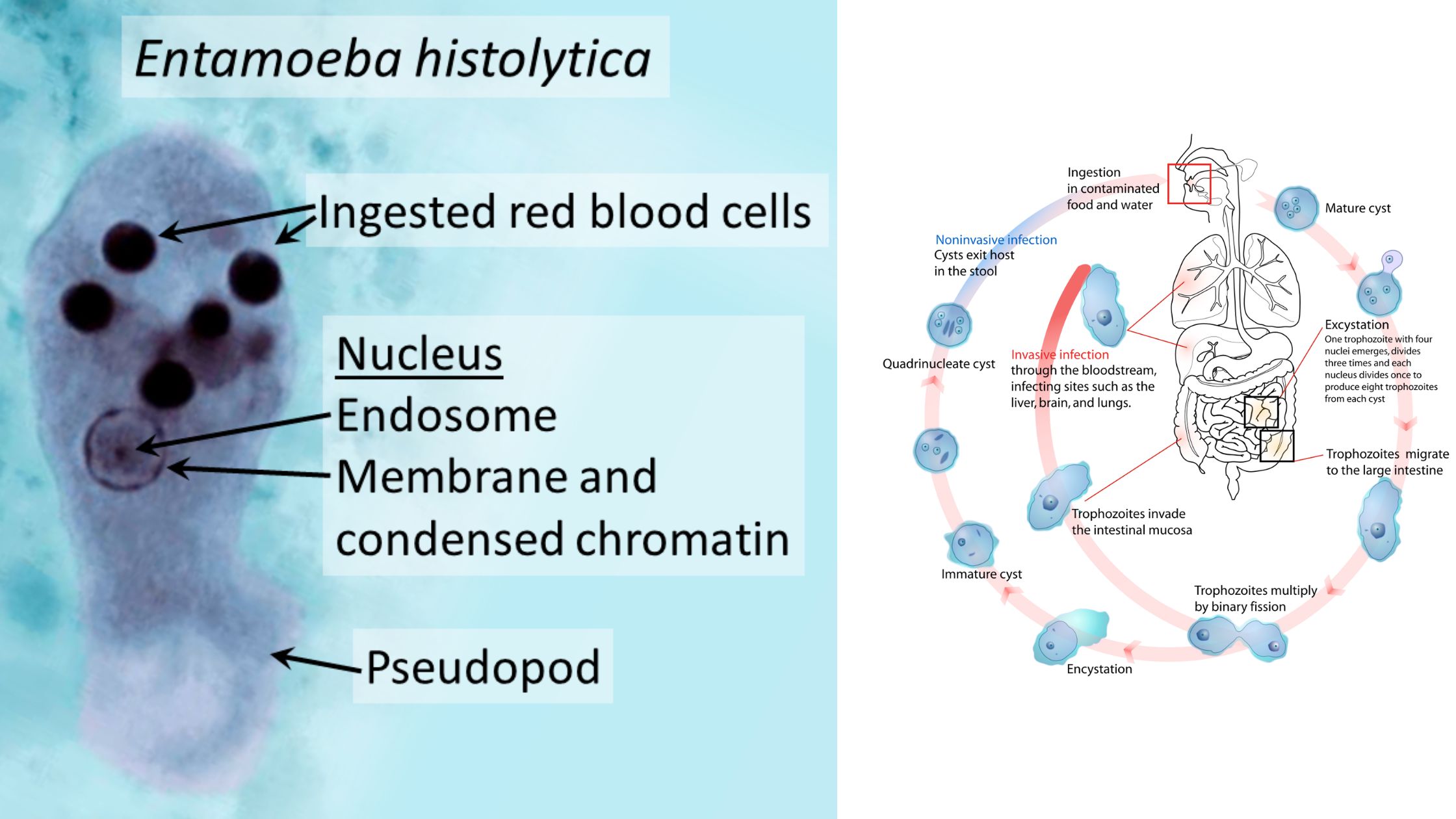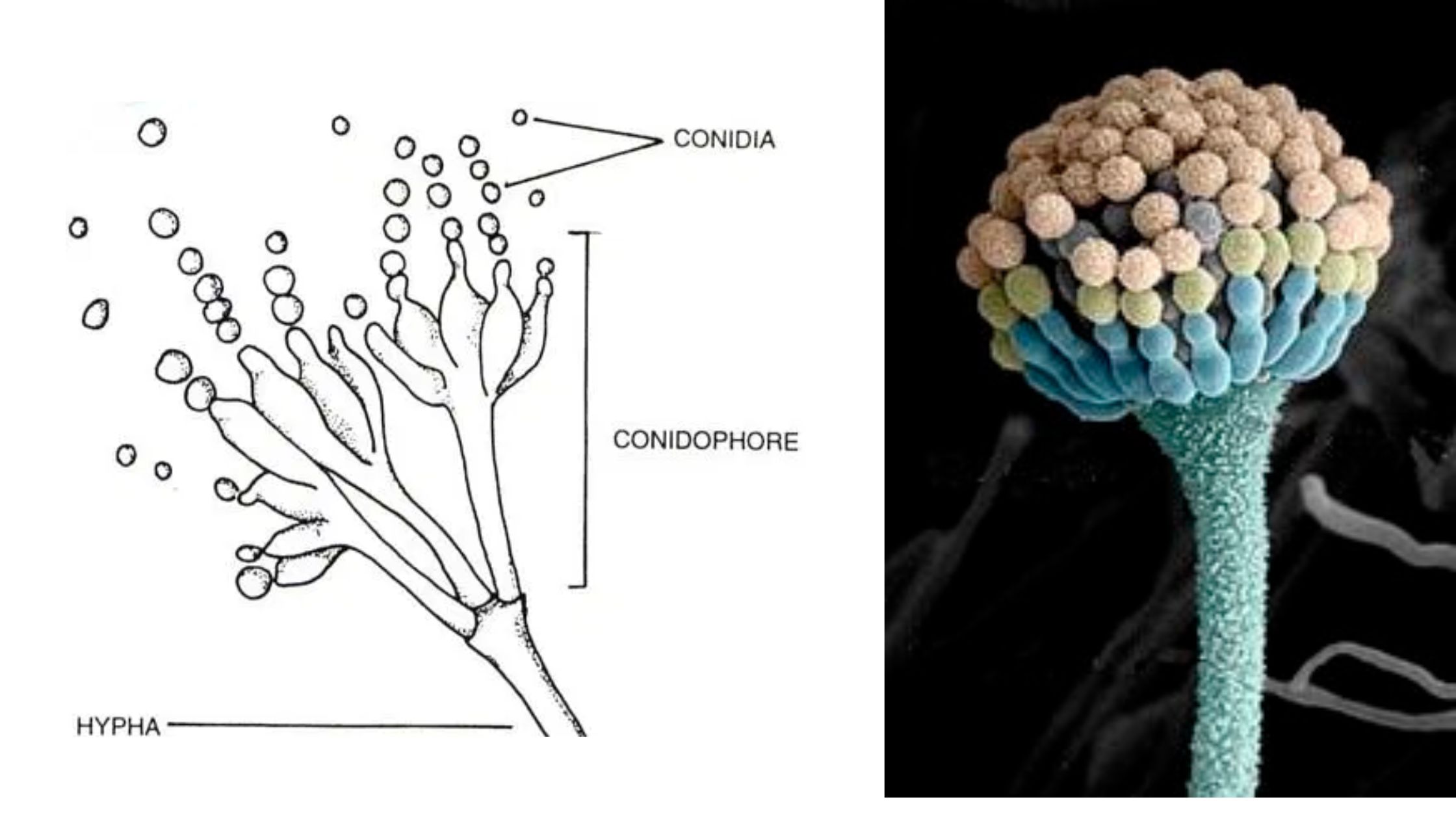Strongyloides stercoralis (Parasitic Roundworm)
Strongyloides stercoralis Distribution of Strongyloides stercoralis Habitat of Strongyloides stercoralis Morphology of Strongyloides stercoralis There are two different species of Strongyloides stercolaris: parasitic and free-living. The females are easily found during the parasite phase, but not the males. Parasitic female Parasitic males Eggs Larva The larva of S. Stercoratis is of two types: 1. Rhabditiform larva (first stage larva) 2. … Read more
